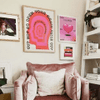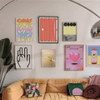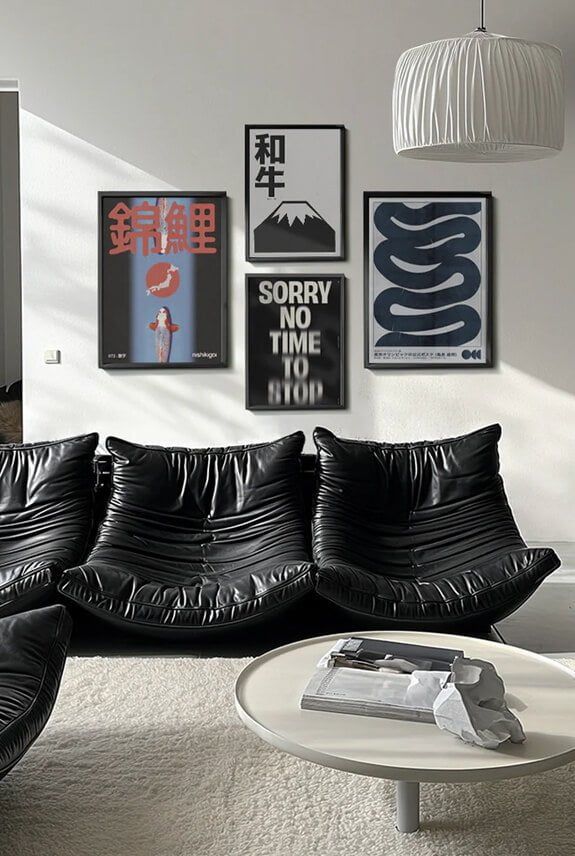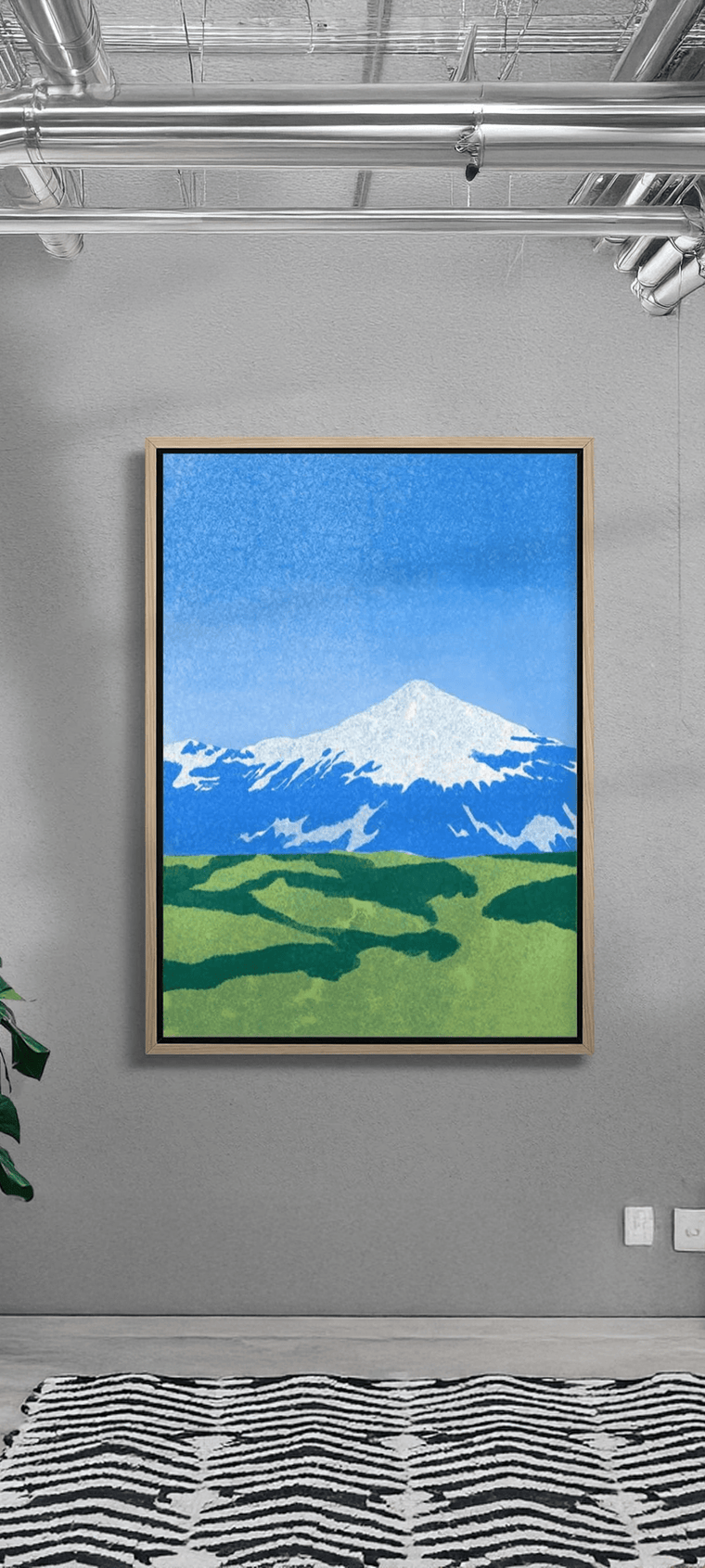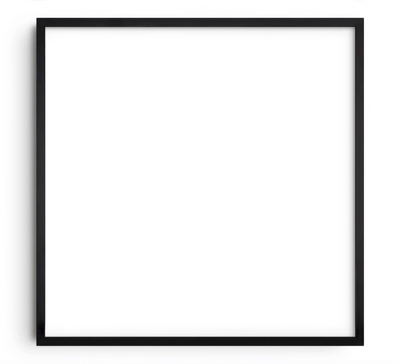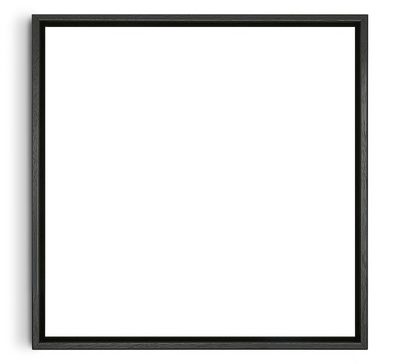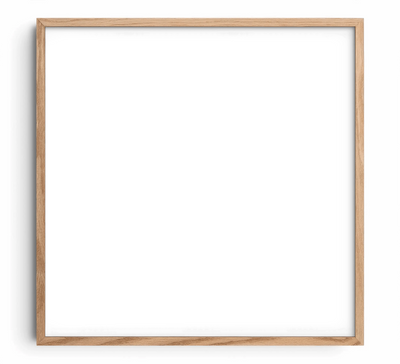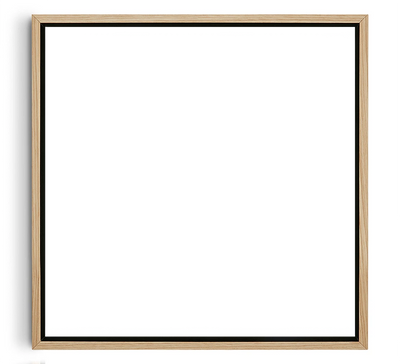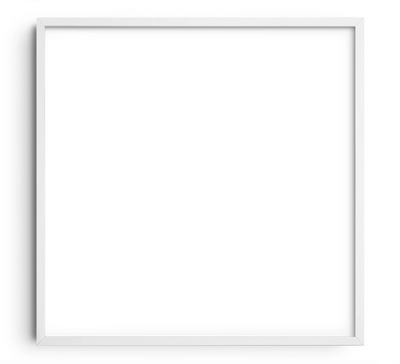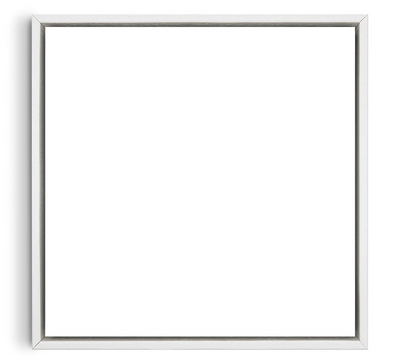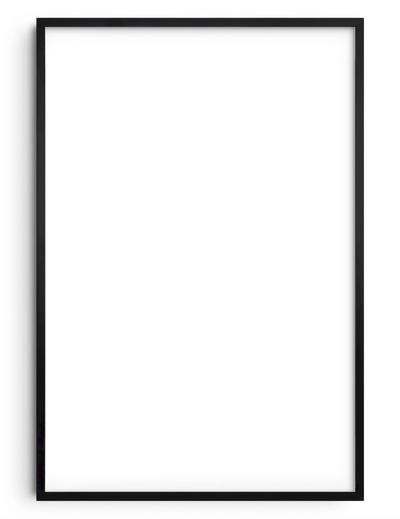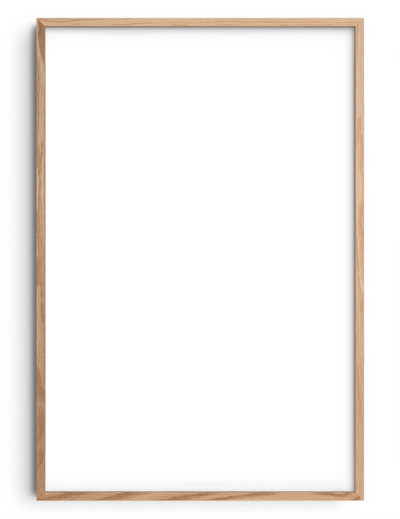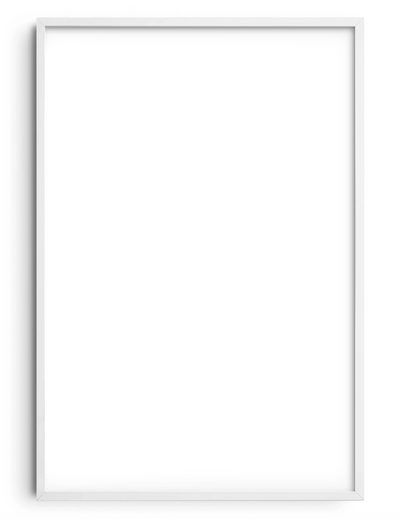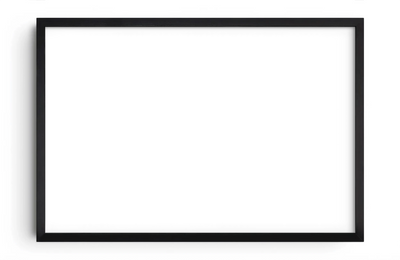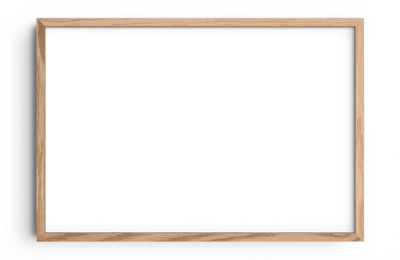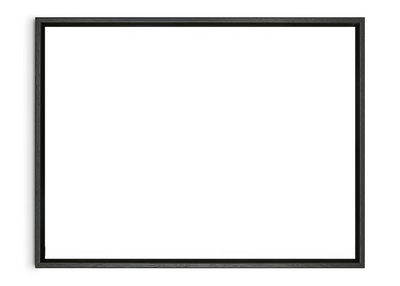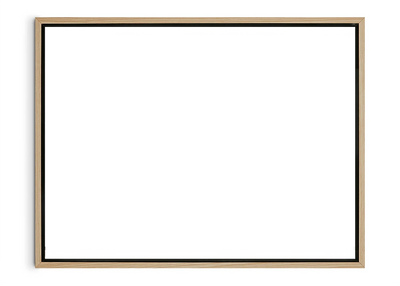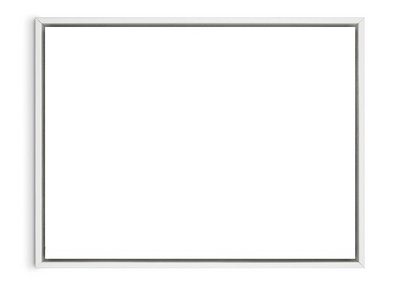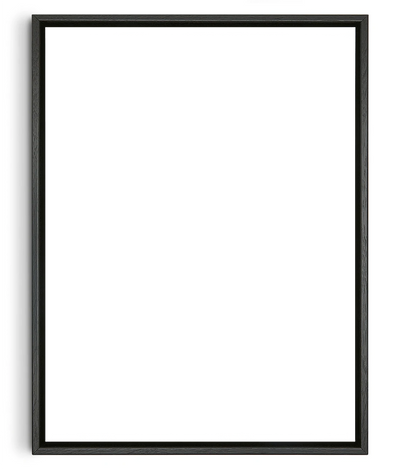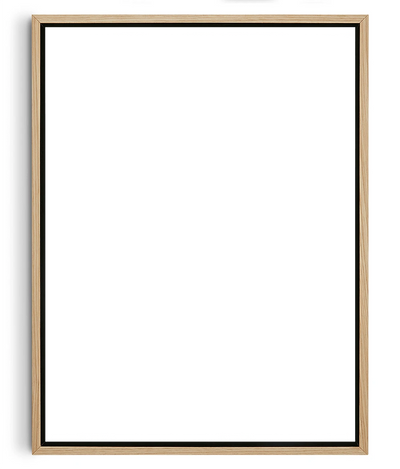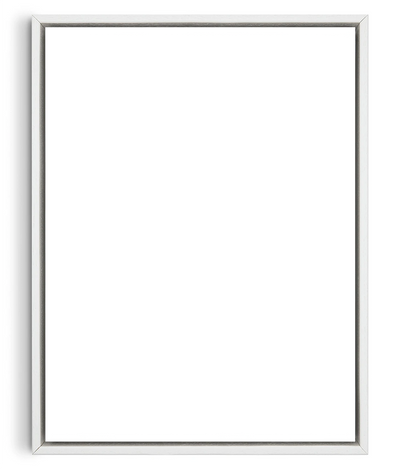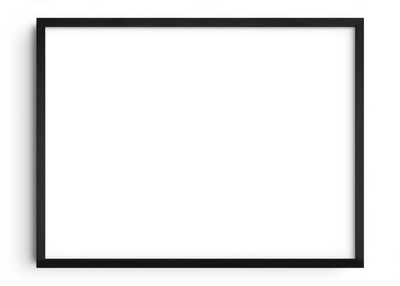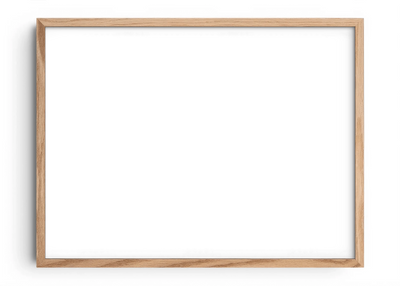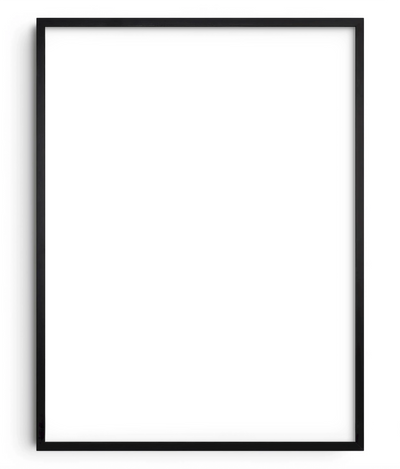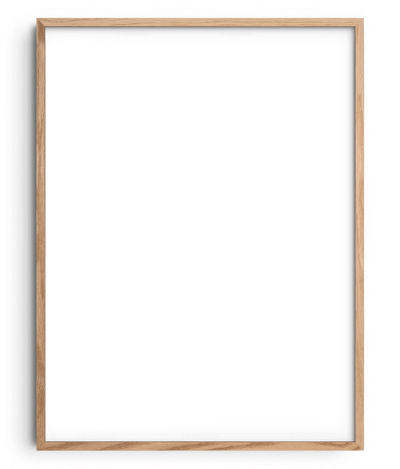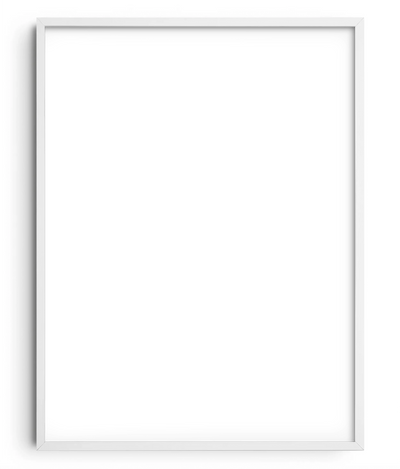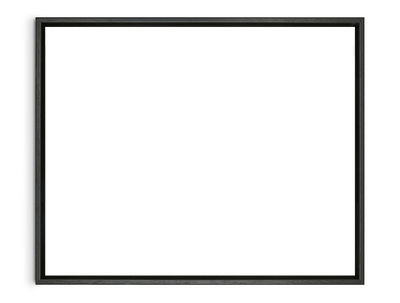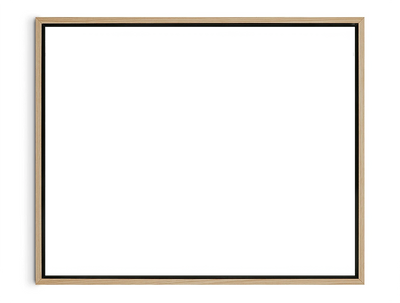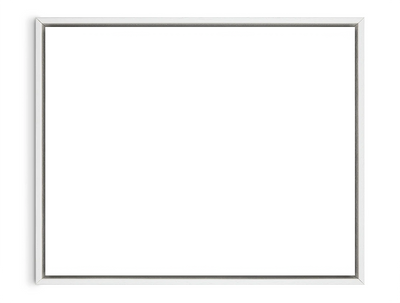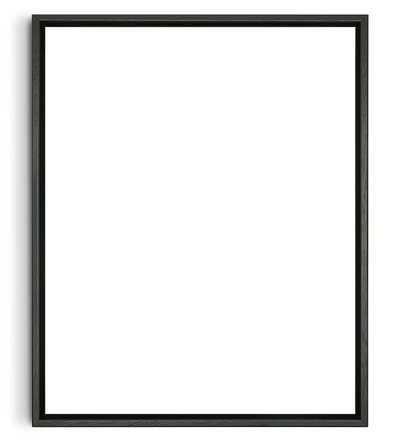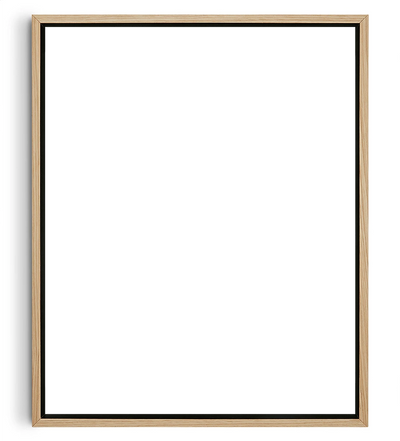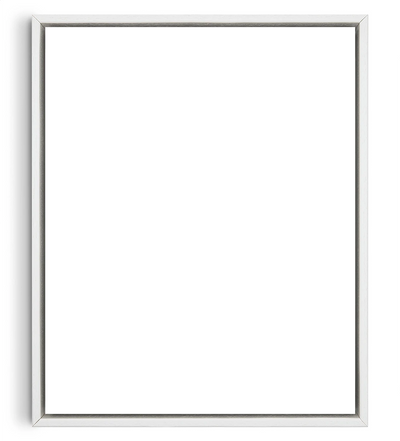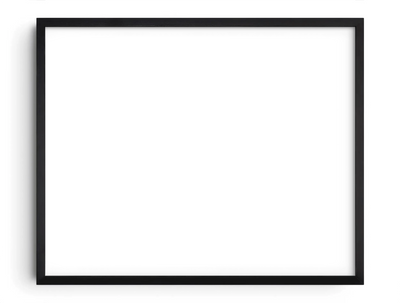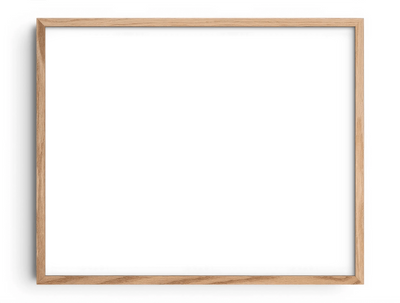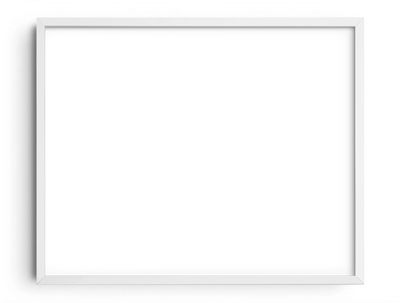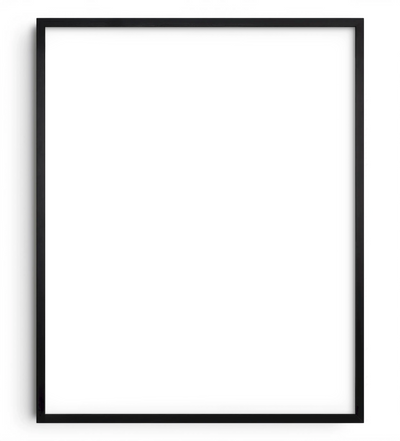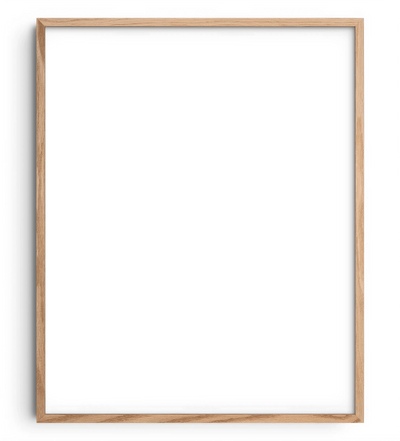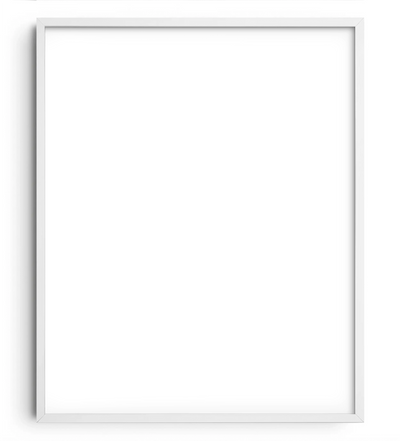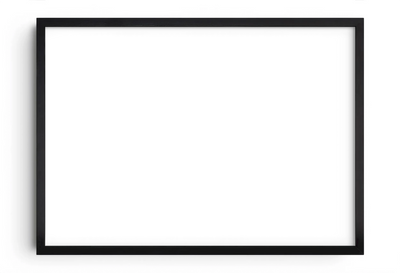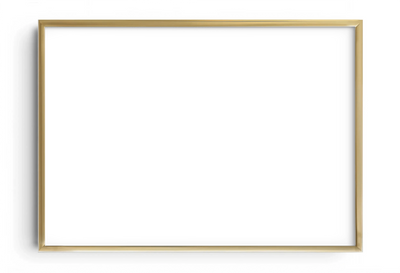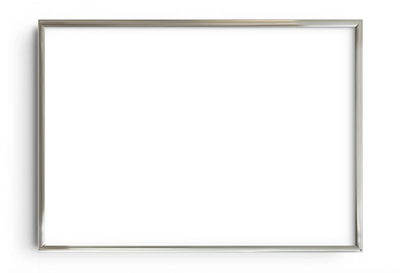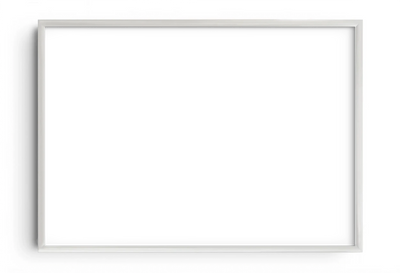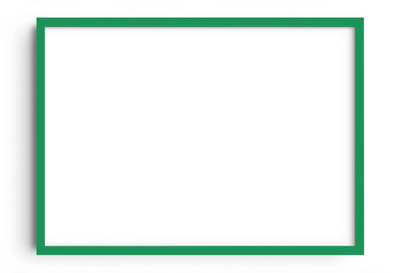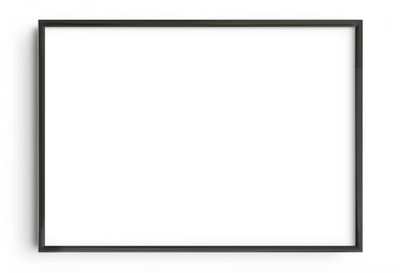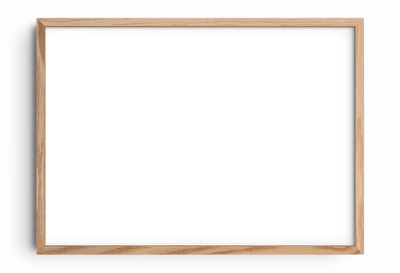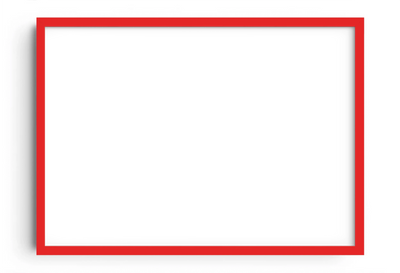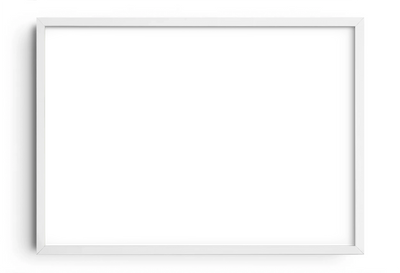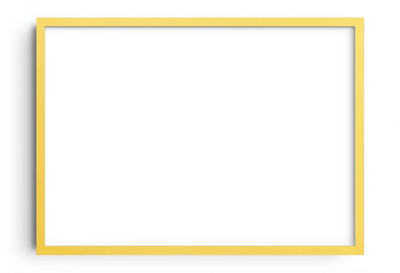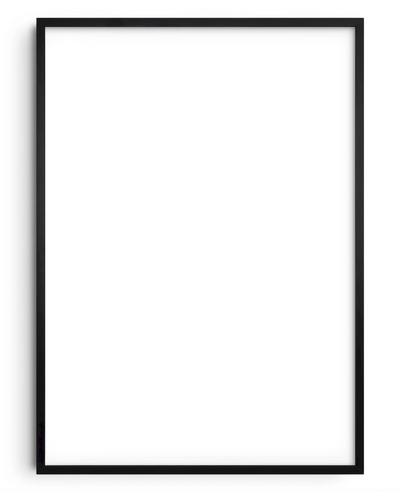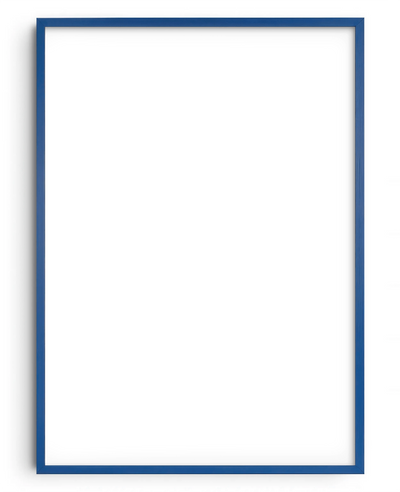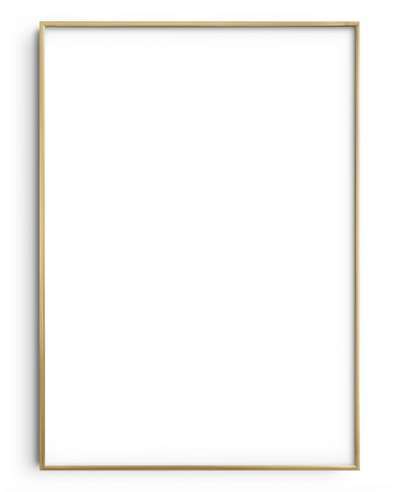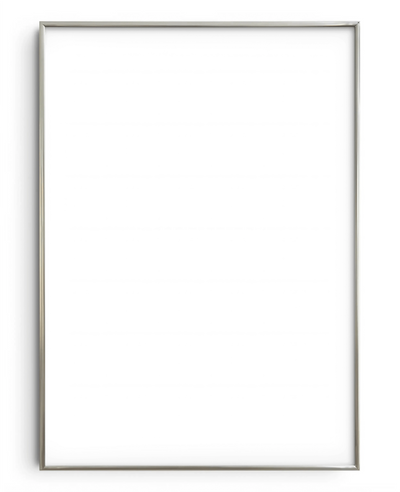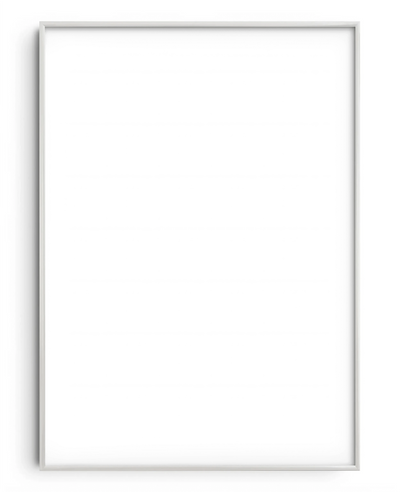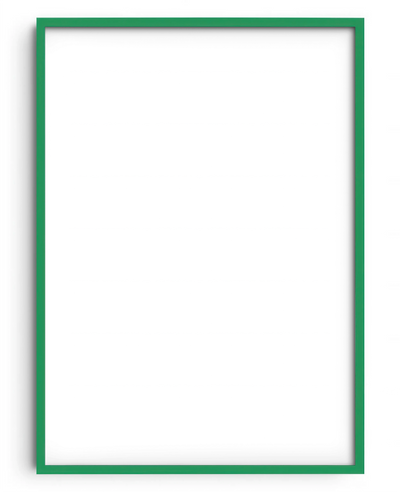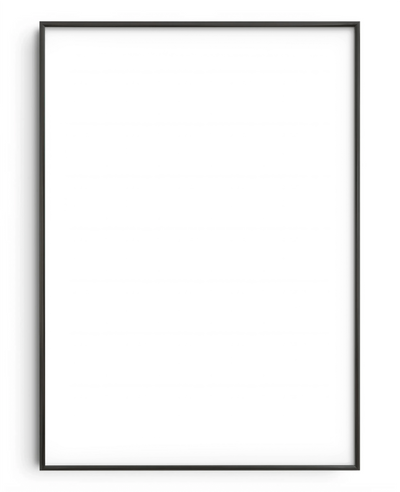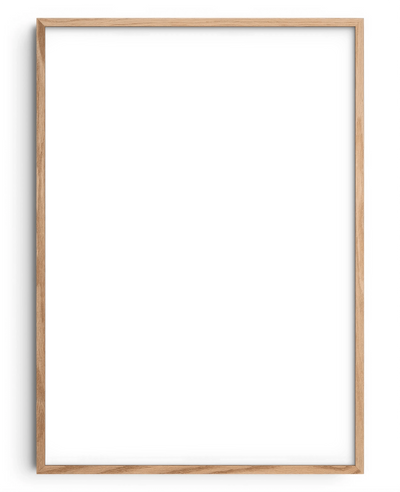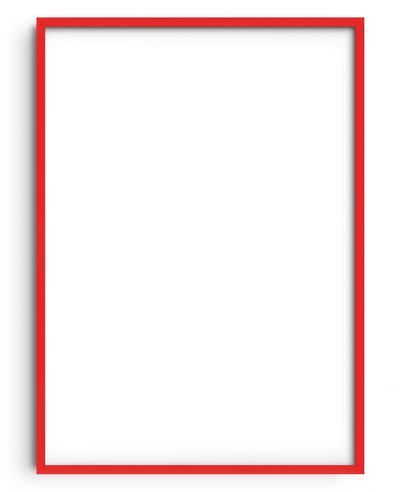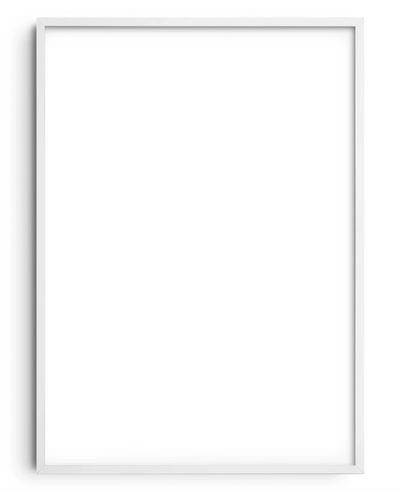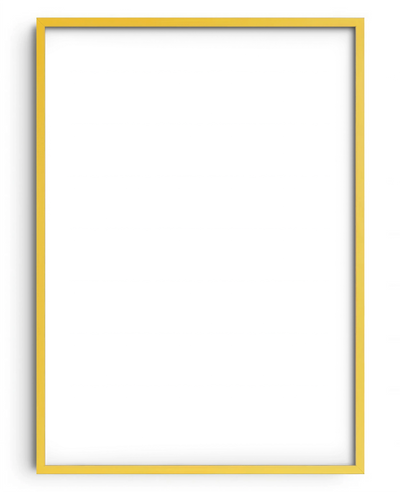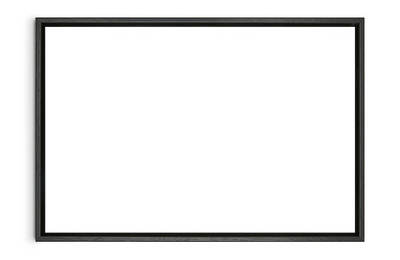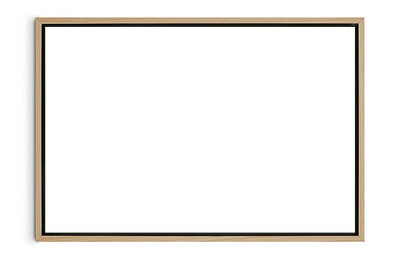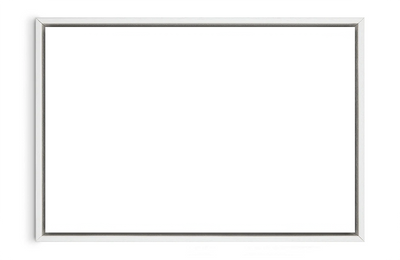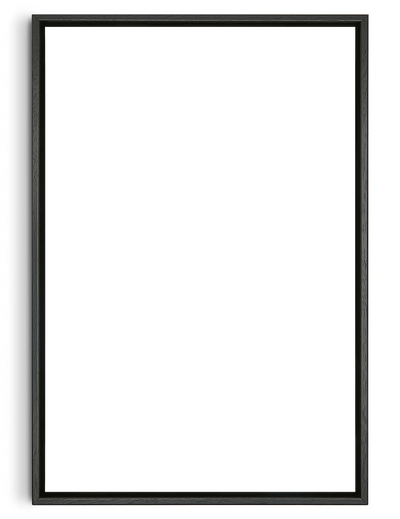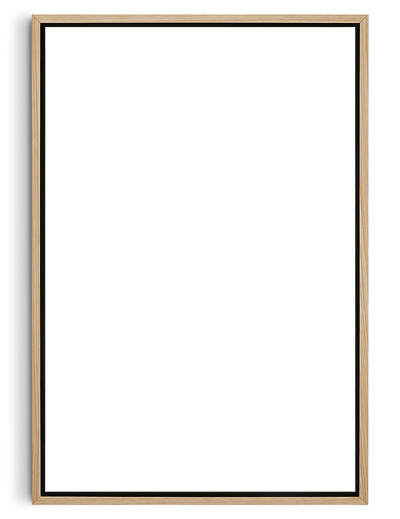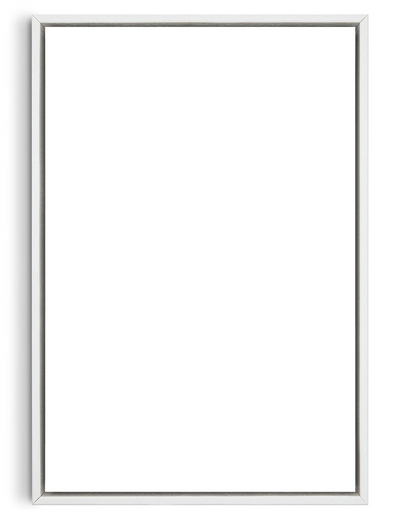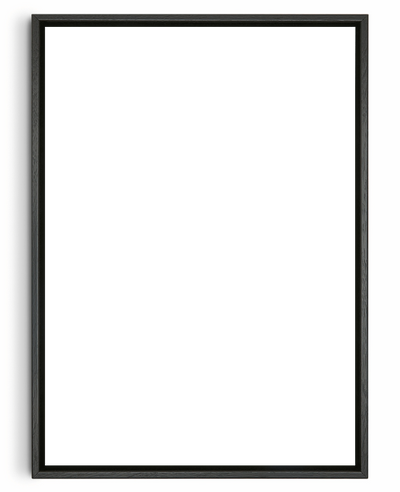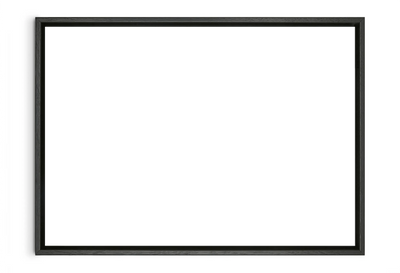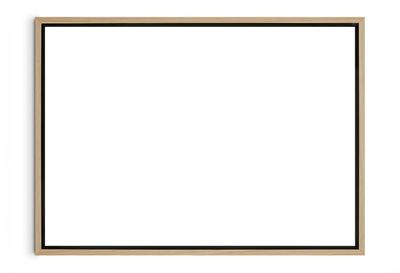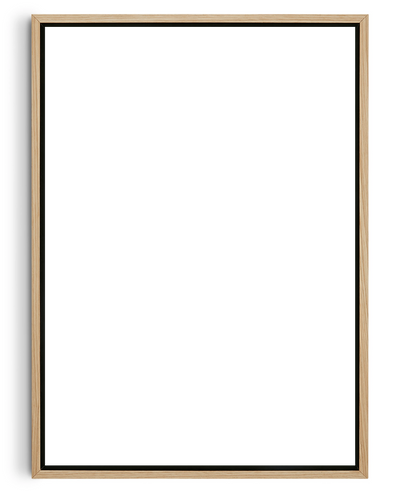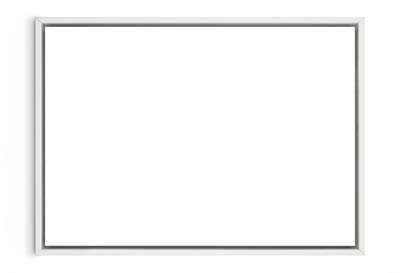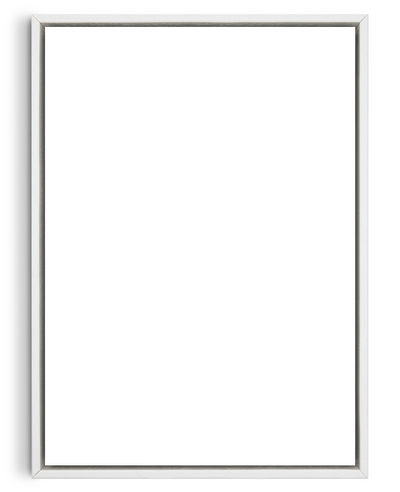In simple terms, colour psychology is the study of how different colours affect human emotion and behaviour. It is the loose set of rules that defines what concepts we tend to associate with certain colours—red and pink for passion and romance, for example, and green and brown for nature and the outdoors.
An understanding of colour psychology can be a rather powerful tool for helping you set the desired atmosphere and tone of a space. This is especially true if you’re an apartment dweller who wishes to turn your current home into a space that truly matches your personality and needs.
Every square centimetre counts in an apartment, and you’ll be able to maximise the impact of the space if you know how to use colour to achieve your goals. Why not try some different colour schemes and principles for your apartment interior design? Doing so can help you can create a harmonious and visually appealing environment that clearly reflects your personality and makes your home more enjoyable for you and your guests to stay in.
Here are art platform DROOL’s recommendations for utilising the principles of colour psychology and colour theory in your apartment interiors:
1) Warm vs. Cool Colours

Warm colours such as reds, oranges, and yellows are known for their ability to evoke feelings of warmth, energy, and cosiness. In contrast, cool colours like blues, greens, and purples tend to create a sense of calmness, relaxation, and tranquillity.
When decorating your apartment, then, consider the mood you want to achieve in each room. For instance, painting your living room in a warm terracotta hue can create a welcoming and inviting atmosphere for entertaining guests, while opting for a serene blue shade in the bedroom can promote restful sleep and relaxation.
The same can be considered when you’re choosing decorations and accessories for specific spaces. If you’re planning on putting up contemporary art posters, art prints, or even skateboard wall art along a neutral-coloured hallway, for instance, determine the mood you want that space to evoke and use that reference when choosing the colour schemes of the prints or frames.
2) Light vs. Dark Shades

Light colours have the power to make a space feel more open, airy, and spacious, which makes them ideal for small apartments. On the other hand, dark colours can add depth, drama, and cosiness to a room. This quality can make dark colours apt for making large spaces feel more intimate and inviting.
How can you use this effect in your home? Keep it in mind when choosing paint colours or furniture for your apartment. Consider the natural lighting conditions and the size of the space when selecting paints, wallpapers, or furniture and wall art pieces.
For example, painting the walls of a small bathroom in a light ivory tone can make it appear larger and brighter. Dark furniture accents, on the other hand, can add a touch of sophistication and elegance to a spacious living area. If you have a cramped space that you want to open up, you can choose to use lighter paint colours for the walls, floor, or ceiling to make the room seem more expansive.
3) Accent Colours

Even little pops of colour can breathe life into an otherwise neutral space. That’s why accent colours play an important role in adding visual interest and personality to your apartment interior design. They can be introduced to a room using pillows, artwork, or decorative accessories.
When selecting accent colours, consider the overall colour scheme of the room and choose hues that complement and enhance the existing palette. For instance, in a neutral-toned bedroom, adding vibrant accent pillows in shades of teal or mustard can inject pops of personality without overwhelming all the other elements.
4) Complementary Colour Schemes

Complementary colour schemes involve using colours that are opposite each other on the colour wheel—pairings that create a dynamic and visually striking contrast.
To successfully implement complementary colours in your apartment interior design, aim for balance and harmony by using one colour as the dominant hue and the other as an accent. Pair deep navy blue walls with bright mustard yellow accents in a dining room to achieve a sophisticated and balanced colour scheme that is both visually appealing and aesthetically pleasing.
5) Monochromatic Colour Schemes

While other items in this list propose using different colours for your apartment décor, it may also be just as effective to use different shades and tones of the same colour. A monochromatic approach can achieve a handsome effect and is perfect for creating a sense of unity in your apartment interior design.
As a rule of thumb, to maximise the impact of your monochromatic colour scheme, experiment with varying shades and textures to add depth and visual interest to the space. Try decorating a living room with varying shades of green, from soft sage to deep emerald. This strategy will result in a serene and tranquil atmosphere reminiscent of nature.
6) Nature-Inspired Colours

Speaking of nature-inspired colours, hues like earthy browns, leafy greens, and sky blues can evoke feelings of calmness and connection to the outdoors. Incorporate these colours into your apartment interior design to create a sense of balance and harmony while promoting a greater sense of well-being.
When selecting nature-inspired colours for your apartment, also consider incorporating natural materials and textures, such as wood, stone, and rattan. These will further enhance the organic feel of the space.
Ultimately, the most important principle of colour psychology that you should apply in your apartment interior design is to choose colours that resonate with your personal preferences and lifestyle. Whether you prefer bold and vibrant hues or soft and muted tones, your choice of colour should tell visitors a little more about who you are and what you enjoy in life.
Don't be afraid to mix and match different colour combinations and textures to create a space that feels authentically yours. Choose beautiful art pieces from DROOL Art to evoke your desired mood and atmosphere and to make the space feel more comfortable and inviting.






















